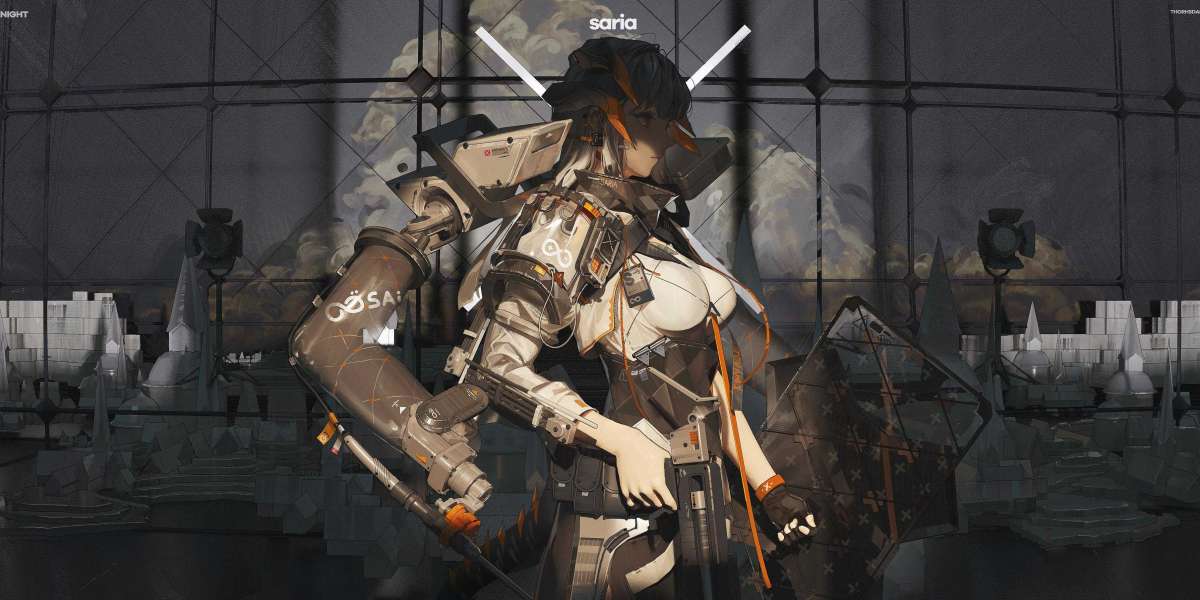Pakistan is rapidly transitioning toward sustainable energy, and solar power has emerged as a leading solution for both residential and commercial users. To make informed decisions, it's vital to understand the Components of a Solar Power System. This knowledge ensures optimal performance, efficiency, and return on investment for your solar setup.
☀️ 1. Solar Panels – The Powerhouse
Solar panels are the heart of any solar system. They capture sunlight and convert it into direct current (DC) electricity. In Pakistan, both monocrystalline and polycrystalline panels are commonly used:
Monocrystalline Panels: Highly efficient and space-saving.
Polycrystalline Panels: Cost-effective and suitable for larger areas.
The choice of panel depends on budget, space availability, and energy needs.
⚡ 2. Inverter – DC to AC Conversion
Once solar panels generate DC electricity, an inverter converts it into alternating current (AC) — the form of electricity used in homes and businesses. There are several types of inverters to consider:
String Inverters: Cost-effective for simple setups.
Microinverters: Offer individual panel-level optimization.
Hybrid Inverters: Integrate with battery storage for energy independence.
Choosing the right inverter ensures maximum system efficiency.
? 3. Battery Storage – Backup for Reliability
Although optional, batteries are becoming increasingly popular in Pakistan due to frequent load shedding. They store excess solar energy generated during the day for use at night or during outages. The two most common types are:
Lead-Acid Batteries: Affordable but require maintenance.
Lithium-Ion Batteries: More expensive but longer-lasting and maintenance-free.
Batteries enhance self-consumption and offer energy security.
? 4. Mounting Structure – Foundation for Panels
A solid mounting structure ensures solar panels are securely fixed to rooftops or ground surfaces. It also allows panels to be tilted at the ideal angle for maximum sunlight exposure. These structures are designed to endure harsh weather conditions and last for decades.
? 5. Charge Controller – Battery Protection
A charge controller regulates voltage and current from the solar panels to the batteries. It prevents overcharging and deep discharging, significantly increasing battery life. This component is essential for off-grid and hybrid systems with battery storage.
? 6. Monitoring System – Track and Optimize
Advanced monitoring systems allow users to track solar energy production and consumption in real-time through mobile apps or web portals. This visibility helps identify issues early and optimize usage patterns to enhance performance and savings.
? 7. Electrical Wiring and Safety Equipment
Proper cabling, safety switches, fuses, and circuit breakers are crucial for safe and efficient operation. These components ensure energy is transmitted securely between the panels, inverter, and household grid.
✅ Conclusion
Understanding the Components of a Solar Power System is key to making a smart investment in solar energy. From solar panels and inverters to batteries and monitoring systems, each part plays a vital role in delivering clean, reliable power in Pakistan's energy-challenged environment. By selecting quality components and maintaining them well, you can enjoy years of savings and energy independence.



